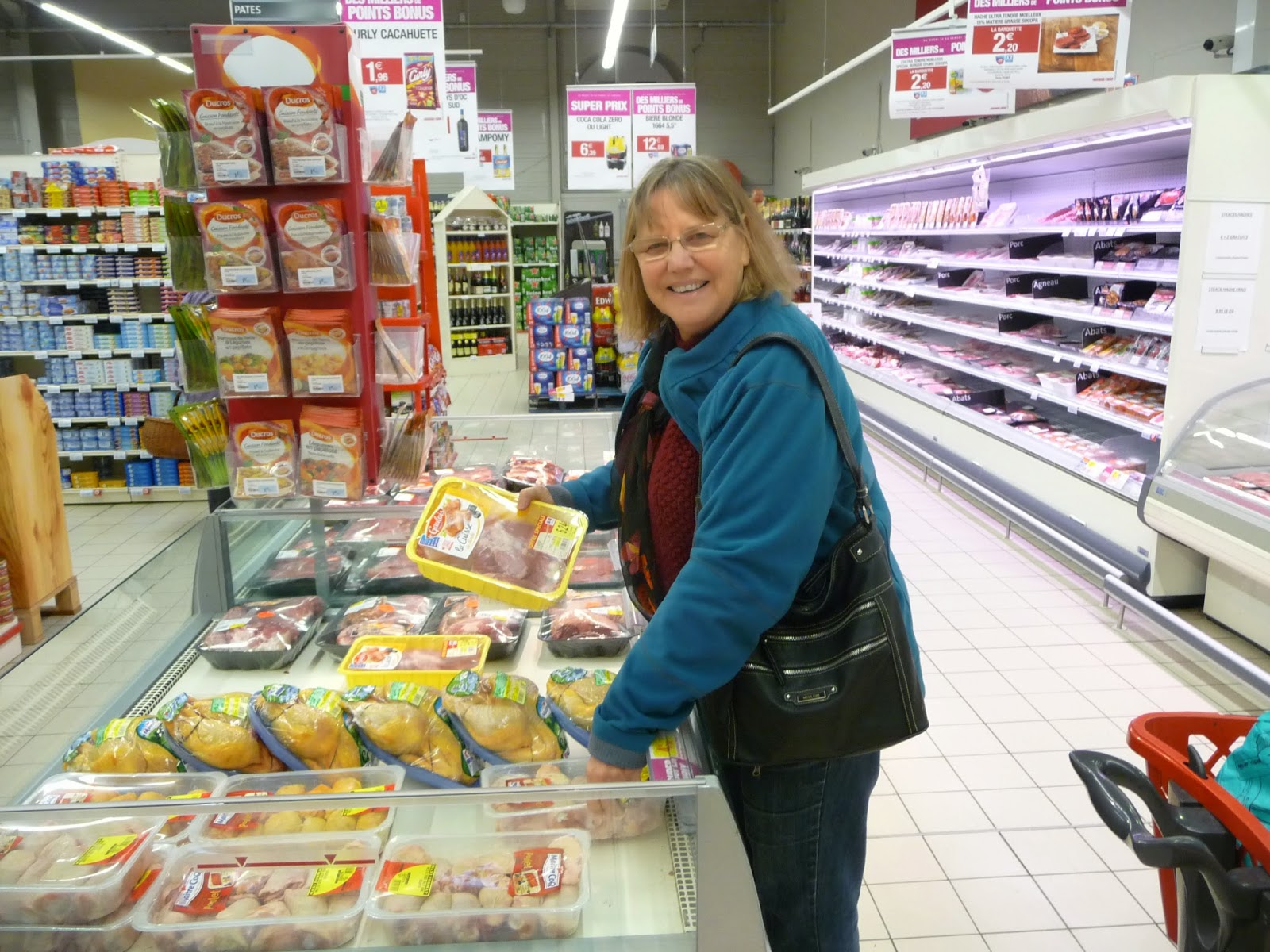Val and I have downsized; gone from a 366sqm home on 6000sqm of land to a 174sqm villa on a 292sqm postage stamp of earth...and we don't even own the earth! Here's our personal experience.
Our former Maleny home and, below, our new villa!
After one has achieved that near perfect state of nirvana, i.e. “Retirement”, and after one has made provision for maintaining a decent income into one’s future, one, hopefully, will have a certain amount of left over lolly.
This lolly is used by one to facilitate enjoyment of those
traditional perks of...how shall I say it?...one’s advancing middle age.
Perhaps travel to distant shores, a new caravanning rig, a sup or two of a rather
good red, but just from time to time,
mind you!
For me, though, a time arrived in “Retirement” when the
carefree experience of cheerfully maintaining a picture perfect two acres of luscious green lawn morphed into
a terrible chore to keep ahead of that bloody defiant grass...always
bloody-well growing. This moment coincided with another moment of realisation;
that the pile of left over lolly was a pile no more.
Good grief, what to do? Apparently “Downsizing” is the
regulation answer to this conundrum, but one must of course decide on where to
downsize to.
My spouse, Val, and I thought that moving to the seaside
town of Burrum Heads would be perfect.
Warm seaside climate, an abundance of
choice in quality housing at very attractive prices, a lovely river estuary for
mucking about on water (sometimes, erroneously, called fishing) and like-minded
folk in the town.
But the BIG C came to visit. Val was diagnosed as having
cancer.
There is no point in asking “why me?” because the answer is
simply “why not me?” Get on with life. And Val did just that with great
determination and an absolutely positive outlook on our future life.
A visit by the Big C, however, forces the rather unpalatable
realisation that one is not actually invincible, as one had previously thought,
and it also forces one to re-evaluate one’s plans, doesn’t it. Not only that, Val
and I were overwhelmed by the support and love shown by so many friends and
acquaintances around Maleny. How could
we even contemplate leaving such a wonderful network of loving people?
Of course, the Big C, even in remission, casts a long
shadow, a shadow that cannot be ignored. So the former Captains Invincible threw
out the Burrum adventure choosing instead to downsize into "Nature's Edge Buderim", an “Over 50’s
Lifestyle Village”. A key determinate was that if one of us should
cross the rainbow bridge the other would be well settled in a close community
without the unnecessary disruption of another relocation.
Now to say "Nature's Edge Buderim" is to stretch a long poetic bow, a long merchandising poetic bow. We are actually situated at Forest Glen, but Forest Glen is on the lower (lowest?) slope of Buderim Mountain. Come to think of it, to say "Buderim Mountain" is itself a bit of a stretch...rather one should perhaps say "Buderim High Hill".
Now to say "Nature's Edge Buderim" is to stretch a long poetic bow, a long merchandising poetic bow. We are actually situated at Forest Glen, but Forest Glen is on the lower (lowest?) slope of Buderim Mountain. Come to think of it, to say "Buderim Mountain" is itself a bit of a stretch...rather one should perhaps say "Buderim High Hill".
As you would know, over 23 years, if one is not vigilant, a
lot of stuff can build up in a large house, a
large double garage and a large cellar. We had not been vigilant.
Our new villa complete with double garage of rather modest
proportion and no cellar is just half the size of our previous home. A lot
of stuff had to go!
Come removal day, the removalist and I were dismayed to
find that, even after culling, we still had 140 variously sized cartons plus
the furniture. Add in the gargantuan
number of plants and pots and statuary that Val absolutely had to keep. “You
worry-wart” she scolded “I’ll find a place for all of them.” Much to my
surprise, she has.
Val and I are now certified inmates of our new “gated”
Resort, along with 130-odd fellow inmates already ensconced in the village. Eventually there will be about
340 bodies enjoying the “Over 50’s
Lifestyle” but I’m not really sure how that particular style of life is
supposed to unwrap.
 |
| Raising money for Cancer Research in our villa |
Certainly it will revolve around the three million five hundred thousand dollar
plus leisure centre now abuilding. All the usual modern facilities are coming:
library, heated pool, gym, tennis, bowls, art-house cinema, circular fire hearth, tepanyaki BBQ etc etc...oh, and bar. No
self-respecting over 50’s Lifestyler could style his or her life without a bar,
certainly not this particular Lifestyler.
Living in the Village, I have an unexpected feeling of
difference and separation from life in the outside world (although I’m
reasonably sure that the outside world is still carrying-on, albeit with Mr
Trump). We villagers are all of a type, I think. Reasonably well-off, of a
similar age, new in our little community and definitely looking for a
companionable on-going out-going social experience.
Already in our short street we local Lifestylers are busy
establishing a Friday tradition of 5’Oclock Conviviality-on-the-Street.
Currently attention is focused on how to set up a movable, safe fire-pit. Val
is brushing up on her mulled wine recipe and sourcing the best cheap spring rolls too.
The next monthly village-wide Happy Hour held in the partly
constructed Leisure Centre is scheduled shortly; champagne and canapes courtesy of management.
But I do hope that we Lifestylers are not enjoying the
equivalent of a sheltered (but much less voluptuous) lifestyle inside
Versailles while the peasants burn Paris.
Au revoir
Bryan and Val Hughes
The Former "Captains Invincible"
The Former "Captains Invincible"





















